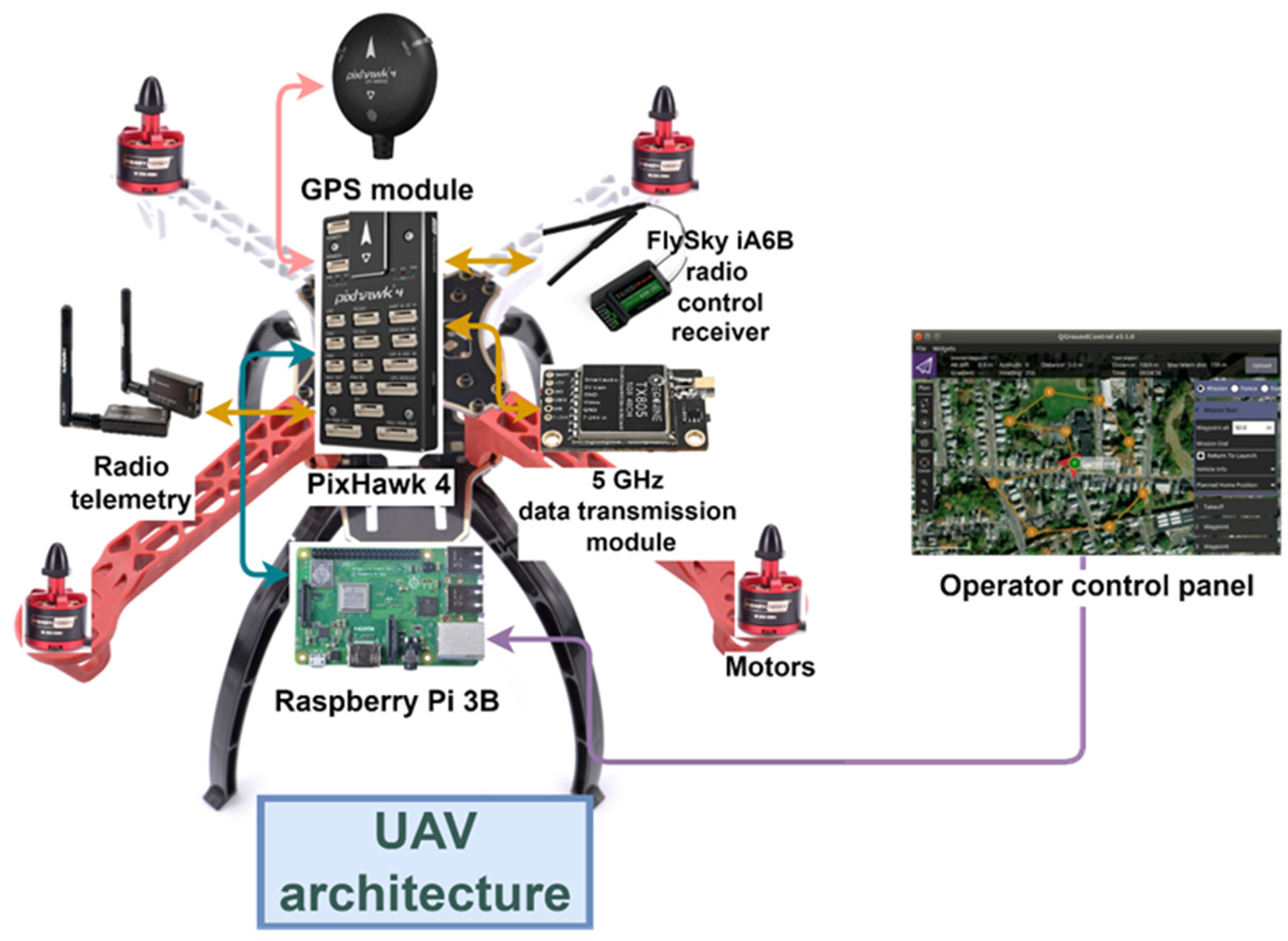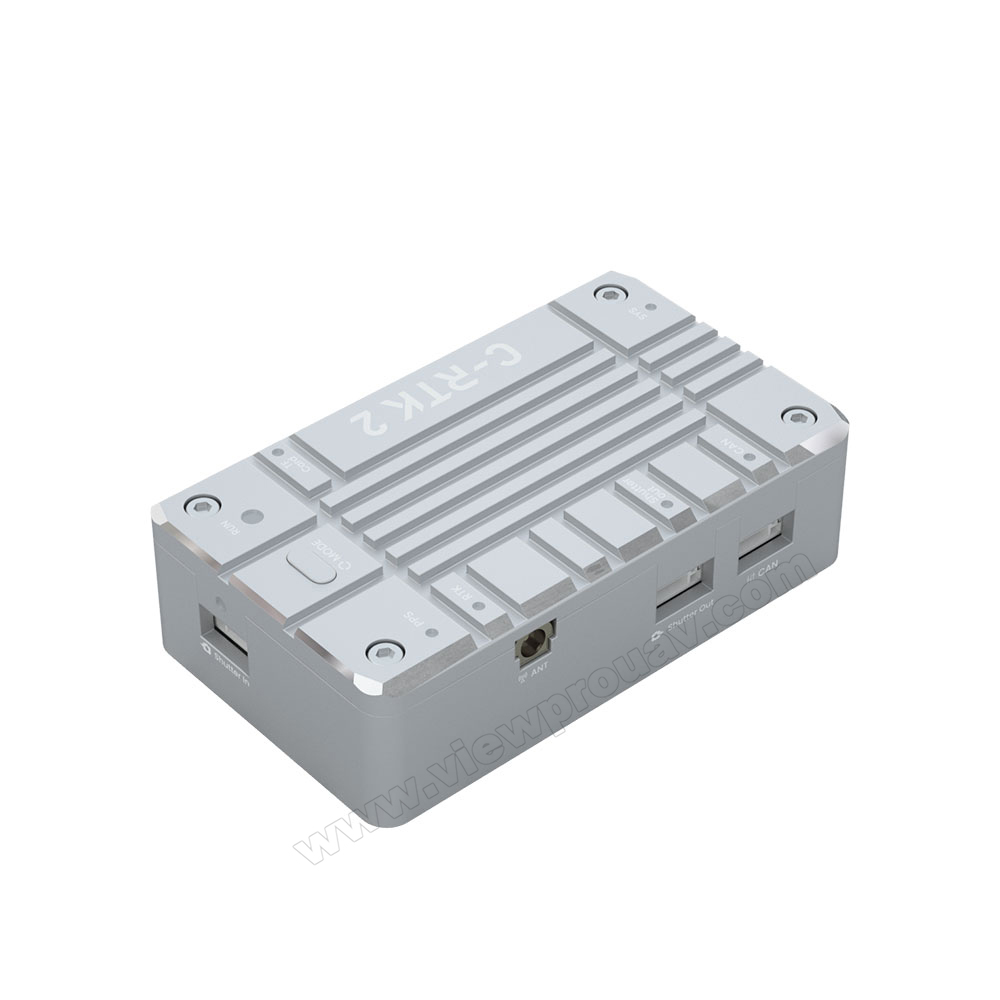Discovering the Duty of Drone Flight Controllers in Enhancing Trip Security and Navigation Effectiveness
The development of drone modern technology has significantly raised the importance of flight controllers, which serve as the mind of these aerial lorries. By integrating real-time data from an array of sensors, flight controllers enhance trip security and navigating performance, ensuring that drones can operate smoothly even in intricate settings.

Recognizing Flight Controllers
Trip controllers are essential elements in the performance of drones, acting as the minds that maintain and manage trip operations. These sophisticated tools process data from different sensors, including accelerometers, gyroscopes, and GPS, to ensure that the drone preserves its intended trip course. The flight controller analyzes this data and carries out commands based on pre-defined formulas, enabling the drone to reply to environmental changes, such as wind or obstacles.
The key function of a flight controller is to maintain security throughout flight. It accomplishes this by making real-time adjustments to the drone's electric motors and control surfaces, guaranteeing equilibrium and control. Additionally, contemporary trip controllers include sophisticated features such as waypoint navigation, enabling for automated trip courses and enhanced functional effectiveness.
Comprehending the design of trip controllers is essential for both experts and enthusiasts. They usually include a microcontroller, firmware, and numerous user interfaces for sensing unit input and interaction. As innovation advances, trip controllers have actually come to be much more small and qualified, integrating fabricated knowledge to improve decision-making procedures and adjust to complicated trip situations. This evolution indicates a crucial growth in the drone industry, leading the way for a lot more advanced applications and more secure procedures.
Secret Elements of Flight Security
Attaining optimal trip security in drones depends on a number of essential elements that operate in concert to make certain controlled and smooth operations. Central to this security is the trip controller itself, which processes information from different sensors to preserve the wanted trip perspective. This consists of accelerometers and gyroscopes that determine motion and positioning, enabling real-time adjustments to the drone's position.
An additional vital part is the digital speed controllers (ESCs), which regulate the power supplied to the electric motors. By carefully adjusting electric motor speeds in reaction to trip controller commands, ESCs assist keep equilibrium and neutralize disruptions triggered by wind or sudden movements.
Furthermore, the design of the drone's framework plays an essential role in trip stability. A well-structured structure reduces resonances and enhances the total aerodynamic profile, adding to smoother trip attributes. Lastly, the combination of advanced formulas within the flight controller help in predictive changes, making certain a receptive and versatile trip experience.
Together, these components create a cohesive system that improves a drone's stability, enabling exact handling and enhanced efficiency in numerous flight conditions.
Navigating Efficiency Strategies
Effectiveness in navigation is essential for enhancing drone operations, specifically in complicated environments. Efficient navigation strategies enhance the capacity of drones to go across challenging surfaces and prevent barriers, thus improving functional effectiveness and security.
One noticeable method is the execution of sophisticated general practitioners and inertial measurement units (IMUs) that offer accurate location tracking and alignment data. These technologies enable drones to compute optimal trip courses in real-time, taking into account numerous aspects such as wind problems and prospective barriers.
Another method entails making use of formulas for path preparation news and optimization. Algorithms such as A * and Dijkstra's formula can be deployed to figure out one of the most efficient course while minimizing energy intake and trip time. Integrating maker understanding models can enable drones to adaptively discover from their atmospheres, improving navigating capacities through experience.

Effect on Autonomous Drones
The assimilation of innovative navigation strategies has greatly changed the capacities of self-governing drones, allowing them to operate with better freedom and accuracy. SparkNavi drone flight controller and GNSS/INS made in taiwan. These improvements are largely connected to sophisticated flight controllers that utilize real-time data processing and sensor fusion, allowing drones to browse intricate atmospheres effortlessly
The influence on independent drones expands beyond mere navigation; it includes enhanced challenge avoidance, enhanced security during dynamic problems, and increased mission integrity. By leveraging formulas that integrate maker knowing and expert system, drones can adjust to altering situations, making informed choices that maximize their trip paths while reducing risks.
In addition, the application of robust trip controllers has helped with the implementation of complicated jobs, such as aerial inspections, distribution solutions, and farming monitoring, with marginal human treatment. This capability not only streamlines procedures yet additionally decreases human error, consequently enhancing general safety and security.
As an outcome, the functional range of autonomous drones has actually expanded dramatically, making them indispensable tools in numerous markets. Their ability to carry out successfully in diverse scenarios emphasizes the vital duty that advanced trip controllers play fit the future of unmanned airborne systems.
Future Fads in Flight Control
Regularly, improvements in flight control innovation are positioned to redefine the landscape of drone operations in the coming years. Arising patterns suggest a considerable change towards enhanced expert system (AI) combination, making it possible for trip controllers to refine real-time information more effectively. This development will certainly promote better decision-making capabilities, permitting drones to adapt to dynamic ecological problems autonomously.
Furthermore, the application of maker understanding formulas is anticipated to boost anticipating maintenance, thus decreasing downtime and expanding the lifecycle of drone parts. This aggressive strategy to upkeep will be essential as drone applications increase throughout numerous industries, from agriculture to logistics.

.png)
Lastly, innovations in safe interaction methods will address safety and security and regulative worries, ensuring that drones can run flawlessly in busy airspaces (SparkNavi drone flight controller and GNSS/INS made in taiwan). Collectively, these trends point towards a future where trip control systems are not only smarter and more additionally qualified but efficient of running securely in a significantly integrated airspace
Final Thought
In conclusion, drone trip controllers are important to boosting trip security and navigation effectiveness with the advanced processing of sensor information. By keeping optimal trip perspectives and employing advanced formulas for course optimization and barrier avoidance, these controllers considerably add to the freedom and functional safety and security of drones. As modern technology proceeds to develop, further improvements in flight control systems are anticipated, assuring improved performance and broadened abilities in the world of unmanned airborne automobiles.
By incorporating real-time information from a selection of sensing units, flight controllers enhance flight stability and navigation efficiency, guaranteeing that drones can operate smoothly even in intricate environments.Trip controllers are integral components link in the performance of drones, offering as the minds that handle and support trip procedures. Furthermore, contemporary flight controllers incorporate innovative features such as waypoint navigation, allowing for automated trip courses and improved operational performance.
Central to this security is the flight controller itself, which processes data from numerous sensing units to preserve the desired trip mindset.In final thought, drone trip controllers are integral to enhancing trip stability and navigation performance with the sophisticated handling of sensing unit information.
Comments on “SparkNavi Drone Flight Controller and GNSS/INS Made in Taiwan: Accuracy and Innovation”